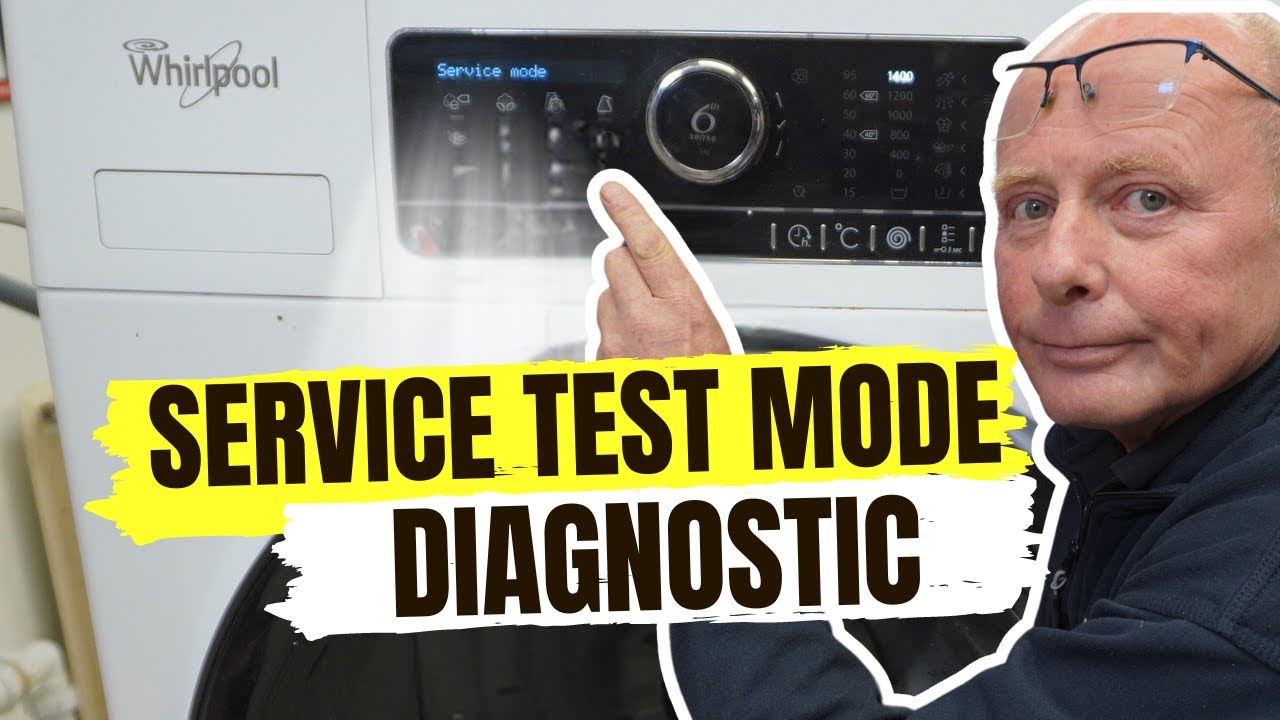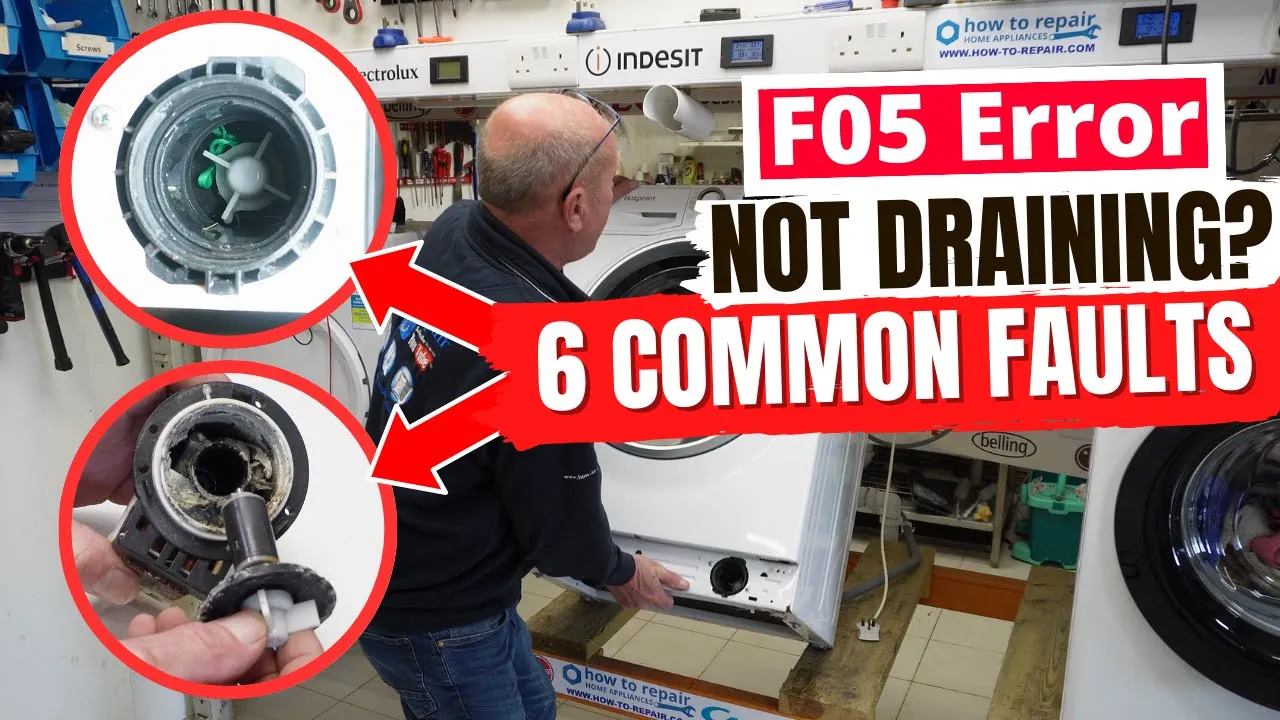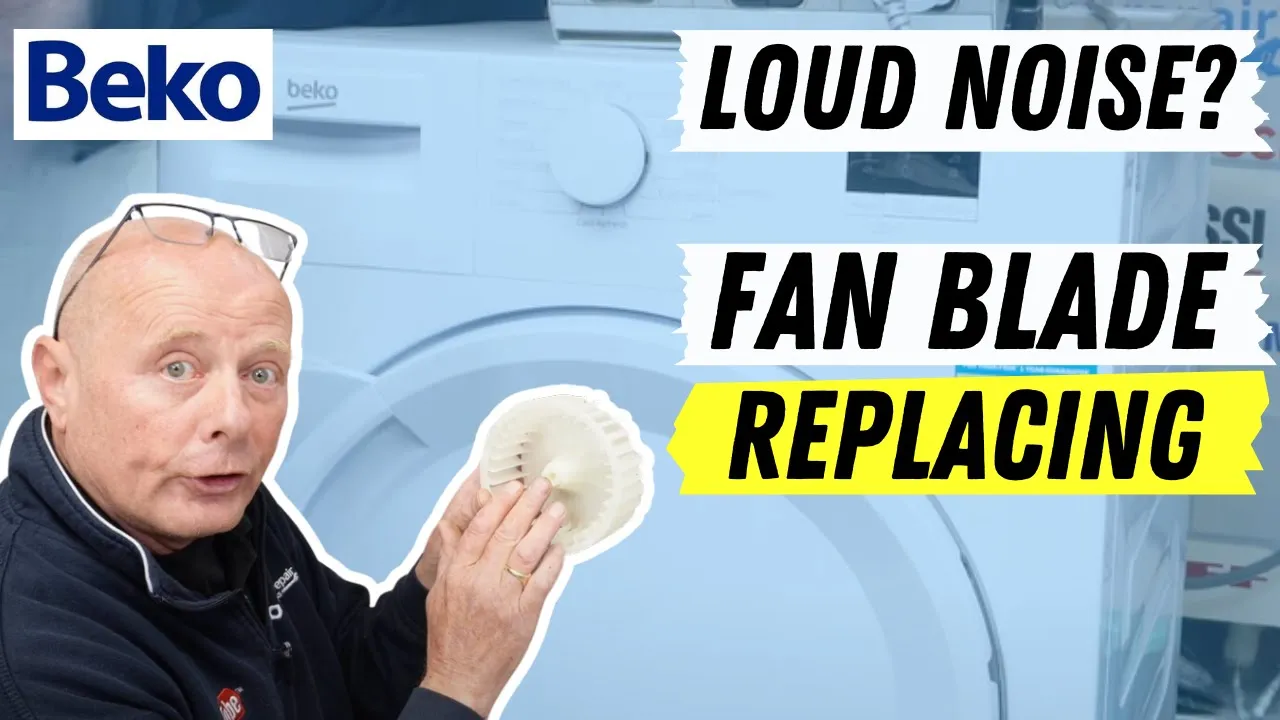Quick Fix: Tumble Dryer Stops & Clothes Not Dry? Moisture Sensor Solutions!
This video will not only show you how to diagnose the problem and clean the moisture sensors
🚫 NOTE: when searching for tumble dryer parts, you will always need your full model number and brand if you cannot find what you're looking for please use the Contact Us page
How to go about diagnosing the problem when your tumble dryer only runs for 10 to 15 minutes and then turns it self off automatically
Is your tumble dryer leaving clothes damp are you Struggling with a tumble dryer that quits mid-cycle or leaves clothes damp? It might not be a major fault – it could just be the moisture sensors! Join me a seasoned domestic appliance engineer, as I delve into the often-overlooked world of moisture sensors in tumble dryers. I'll explain how these clever little devices can sometimes give false readings, leading to less-than-dry laundry. You'll learn how they work, why they fail, and some simple tips to keep them in top shape. Whether you're a DIY enthusiast or just curious about how your dryer functions, this video is packed with insights to help you improve your home appliance's performance and efficiency. Let's get those dryers drying correctly!
The reason why moisture sensors or humidity sensors start to give the printed circuit board false readings?
As you dry clothes, materials that are warm can leave residue on the moisture or humidity sensors. Surprisingly, the most common culprits for this are items like lint cloth sheets used in tumble dryers, T-shirts with printed designs, and polyester materials. These are the items most likely to leave a residue on the tumble dryer bars, which are responsible for moisture sensing.
Understanding how the moisture sensor sends the information to the control board on your tumble dryer
The resistance (ohm) readings on a tumble dryer's moisture sensor can indeed vary between different models and manufacturers. However, in general, the principles of how they operate are consistent.
- When Clothes are Wet (enough for ironing): The sensor would typically show a lower resistance (lower ohms reading). This is because the moisture in the clothes conducts electricity better, reducing the resistance.
- When Clothes are Cupboard Dry: As the clothes dry, their ability to conduct electricity decreases, resulting in a higher resistance (higher ohms reading) compared to when they are wet. The exact value can vary, but it would be noticeably higher than the reading for wet clothes.
- When Clothes are Completely Dry: At this stage, the resistance would be at its highest. Dry clothes do not conduct electricity well, so the sensor should show a high resistance value.
It's important to remember that these readings can be influenced by several factors, including the type and condition of the sensor, the specific design of the dryer, and environmental factors like ambient humidity. For the most accurate information, it's always best to refer to the manufacturer's specifications or the service manual for the specific model you're working on.
If you have access to the service manual of the specific dryer model you're interested in, it would provide the most accurate and relevant information. If there's a specific model you have in mind, I can help look up more detailed information if available.
Other things to check if this does not resolve your problem
Sure, here's the revised text in a bullet-point format for better clarity:
- Check Sensor Connections:** Inspect the connections on the back of the sensors.
- Follow Wiring:** Trace the wiring all the way to the circuit board.
- Disconnect and Test:** Disconnect at the circuit board and conduct a continuity check. It should normally show an open circuit.
- Wet Cloth Test:** Place a wet cloth across the two bars with the meter set to a high ohms reading. A reading should appear from the sensors.
- Consider Other Issues:** If the test results are normal, the problem might be with another sensor or thermostat. Less commonly, the issue could be with the circuit board.
We're grateful for the generous donation of a Bosch tumble dryer by RDS International, who specialize in serving the trade with responsible appliance disposal in line with the WEEE Directive. Learn more about their commitment to the environment and services here: RDS International
-
Testing and diagnosing faults on tumble dryers, using a smart meter
-
How a condenser tumble dryer works
-
Indesit condenser tumble dryer, IDC8T3B UK Motor running, but the drum is not turning
-
Hoover or Candy Smart touch tumble dryer not heating, element fault or thermostat E05, E08, E21
-
Bush & Cookology Compact tumble dryer Fault Finding Service & Maintenance
-
Bosch, Neff, Siemens Tumble dryer intermittent fault starts and stops afer a while or does not start
-
Hoover One Touch Tumble Dryer Dynamic error fault codes
-
Tumble Dryer Door Wont Shut Latch or Catch Broken How To Replace






















